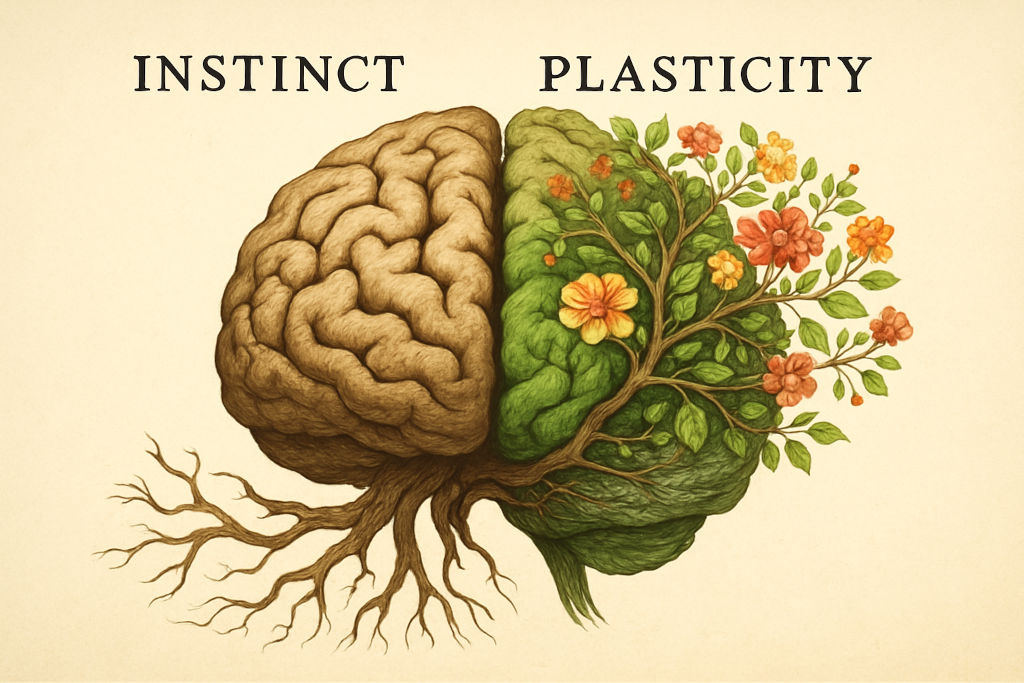Shadows in the dust: what archetypes are and why they refuse to die
Long before Freud started pointing at cigars and claiming they were something else, humans had a knack for repeating themselves, in stories, in stone, in superstition. Scratch beneath any civilisation, and you’ll find the same motley cast showing up again and again: the wise elder, the brave fool, the trickster, the tyrant, the lover, the destroyer. Different clothes, same bones. These are archetypes, not characters, but patterns. Not clichés, but deep structure. ...
